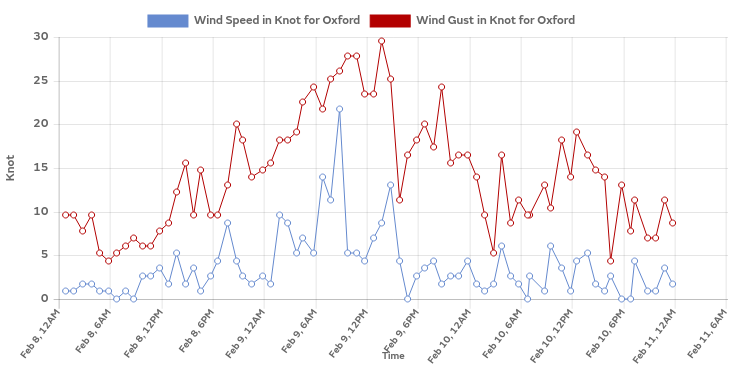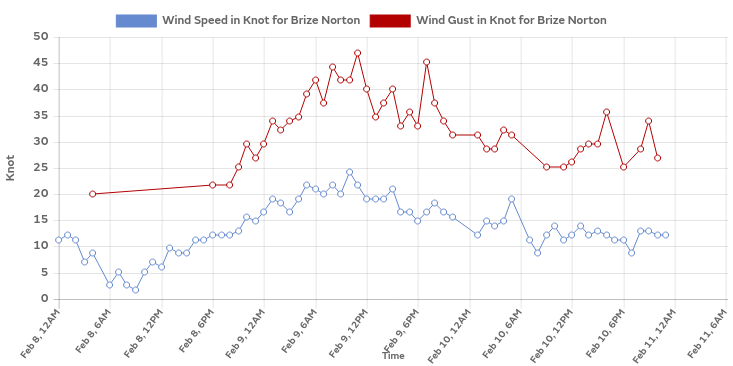I inspect my hives by looking at what comes out of them. At the front this means bees. Underneath, on the base board, this means wax; pests; pollen; Propolis; crystallized honey and bits of dead bee. Everything which comes out tells a story about what goes on inside.
Dark wax and dry Propolis
Wax cells within the area where the Queen lays eggs will be lined with Propolis. This darkens the wax. When the brood hatch out they chew threw the cap of their cell, causing dark wax to fall out of the hive. When a nurse bee comes to prepare the cell she may also drop Propolis fragments and . The chewed cappings are larger and fairly evenly distributed; the residue from brood cell clean up is more like dust and tends to pile up.
The location of this wax tells you where brood rearing is going on and roughly how many new bees are emerging.
Light coloured wax and shiny new wax platelets
All new comb is white. The bees make wax platelets from their abdomen which they pass up to their mandibles (mouth parts) to chew. The chewed new wax is then applied to build the comb. Some of these platelets get dropped from the hive. They sparkle in the light and appear very white.
Where comb has been damaged, or it is being remodelled, there may be chewed wax which is very light in colour.
Light coloured wax domes
Drone brood, the only male bees in the hive, are larger. Their brood cells are correspondingly large and are capped with a dome of wax. They chew around the edge rather than through the top, so the entire dome falls to the base of the hive.
Drone hatching is a good sign that swarming season is underway.
Mix of wax colours with Wax Moth Larvae droppings
Wax Moth lay their eggs on comb. Their larvae prefer the edge of brood comb where there is honey, stored pollen and propolised brood cells. The larvae eat their way through brood comb in straight lines. A mix of wax colours drops out of the hive, along with the larvae droppings (ie poo) which look like short black sticks.
It is not unusual for Wax Moth to live inside an active hive. Vigorous colonies with good habits remove the larvae when they can. This can be a useful sign that a swarm has occupied a new hive. The colony will immediately start to clean up the comb and eject wax moth larvae. The smaller larvae fall through the Varroa screen onto the base board.
Crystallized honey
Honey is a combination of water, Fructose sugar, Glucose sugar and a few other important chemicals. When the proportion of Glucose is high relative to Fructose the honey will crystallize more quickly. Crystallization is also temperature dependent, happening less readily at hive temperatures. The crystallised honey is not suitable for the bees to eat so they sometimes remove it from storage comb. It falls out of the hive as very white crystals which are sweet to taste.
Pests
The pests which I normally find are either Wax Moth larvae or Varroa. I have written quite a bit about Varroa previously, and mentioned Wax Moth above.
Bee Parts
Sometimes there are bits of bee on the base board. I can't be sure what grisly fate befell these bees but I can guess. In spring these are probably bees which were trying to get into the hive through the Varroa screen. They can't get in so they stay trapped on the wrong side. They may be fed by other bees through the mesh but if it gets cold they will die. Ideally the screen and base board should be sealed to prevent this.
Later in the season there will be wasps. These eat bees. I think that they bite and pull at the legs of bees through the screen (although I haven't seen it happen). They also attack bees inside the hive if they get in through the door. I have in the past found many legs. It's horrible and the wasps are relentless.
Pollen
Bees bring pollen into the hive in their leg baskets. These form the pollen into a kidney shaped lump. The pollen is a food which they eat to produce the high protein brood food and Royal Jelly. When these lumps of pollen are dropped they drop onto the base board. They can show which plants are flowering. Pollen also indicates that the bees are producing food for brood or storing it in anticipation.

